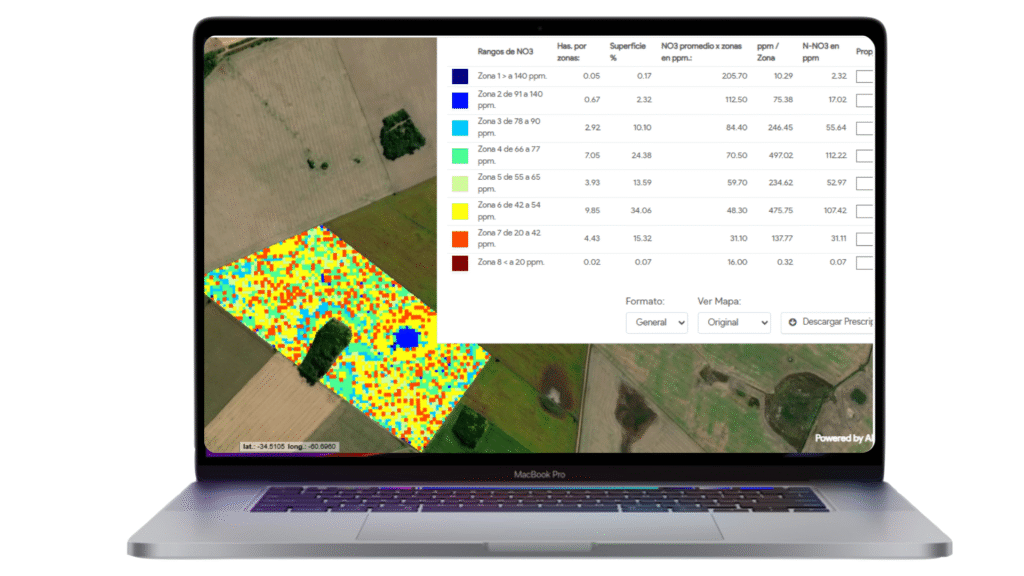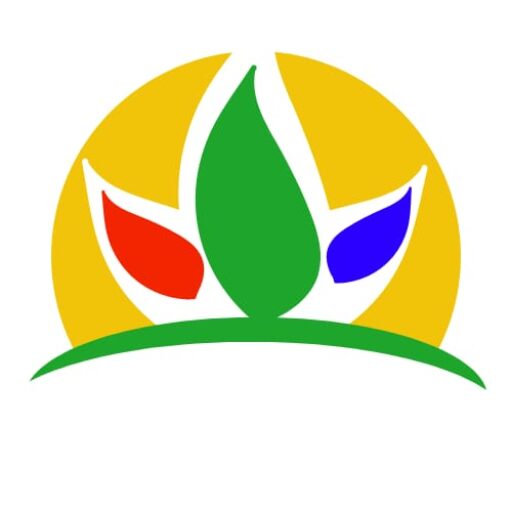🧪 Nitrate (NO₃⁻) Map – Nitrogen Availability in Soil
Interpretation Guide
This map illustrates the concentration of nitrate (NO₃⁻) in the soil, measured in parts per million (ppm), across your field up to 20 cm of depth. Nitrate is the most readily available form of nitrogen, vital for plant growth and productivity.
📈 Interpretation of NO₃⁻ Levels (0–140 ppm)
| Range (ppm) | Meaning |
|---|---|
| 0–20 ppm | Very low – Risk of nitrogen deficiency; may result in stunted growth and pale leaves. |
| 20–50 ppm | Moderate – May be sufficient in early stages or for low-demand crops. Monitor during high rainfall. |
| 50–90 ppm | Optimal – Supports strong vegetative growth and biomass accumulation. Ideal for most crops. |
| 90–120 ppm | High – Indicates surplus nitrogen; potential leaching risk if not managed. |
| 120–140+ ppm | Very high – May lead to nutrient imbalance, excessive vegetative growth, or environmental runoff. |
🌱 Why This Map Matters
Identify zones needing fertilizer adjustment
Optimize crop performance and reduce input costs
Prevent nitrogen leaching and environmental impact
Combine with other maps (e.g., phosphorus, calcium) for precision agriculture

- Maps are available in 10 x 10 m resolution.
 Available images every 5 days.
Available images every 5 days. Table of contents including detailed parameters
Table of contents including detailed parameters Time lapse graphics to evaluate trends and deviations.
Time lapse graphics to evaluate trends and deviations.- Prescriptions for fertilizer application available.

